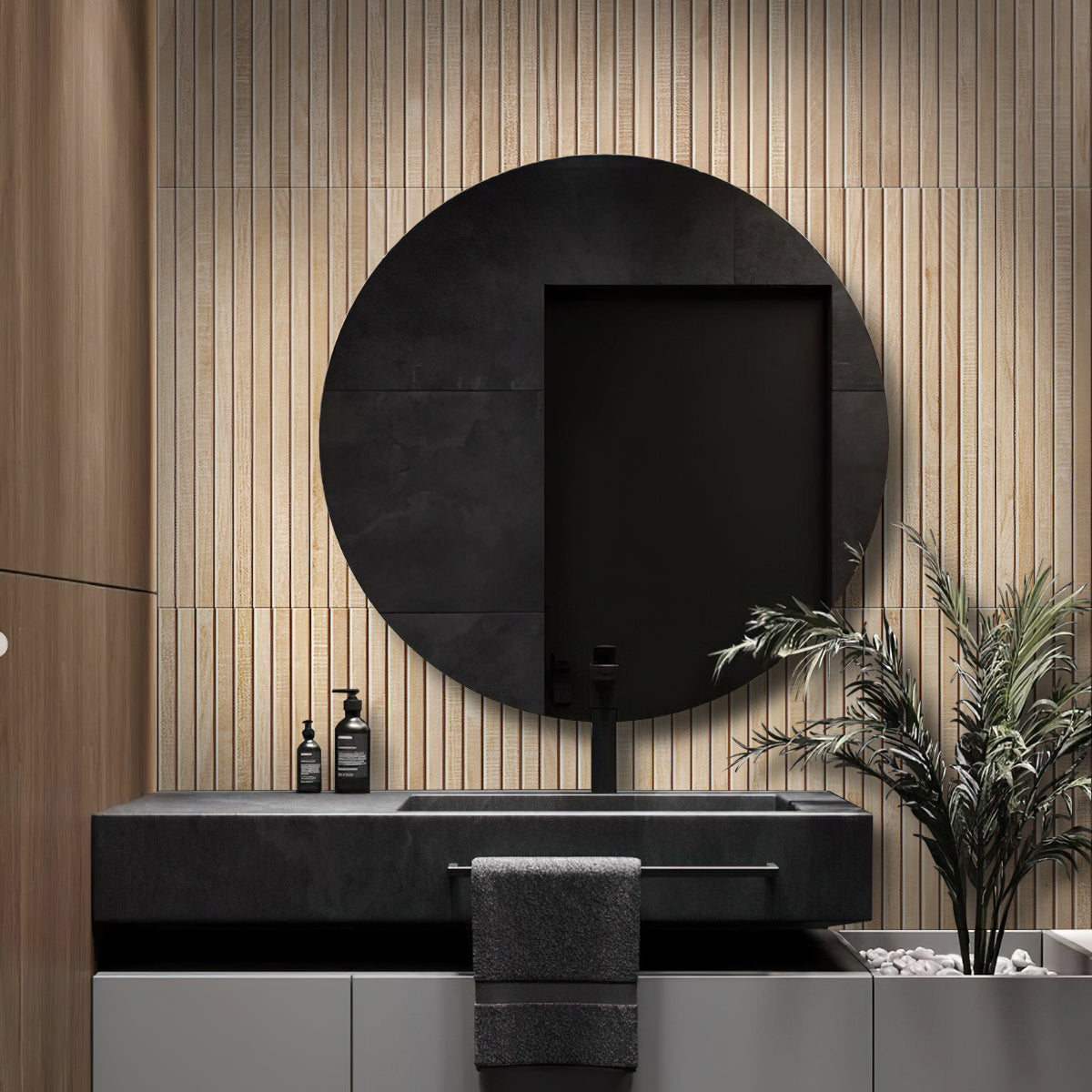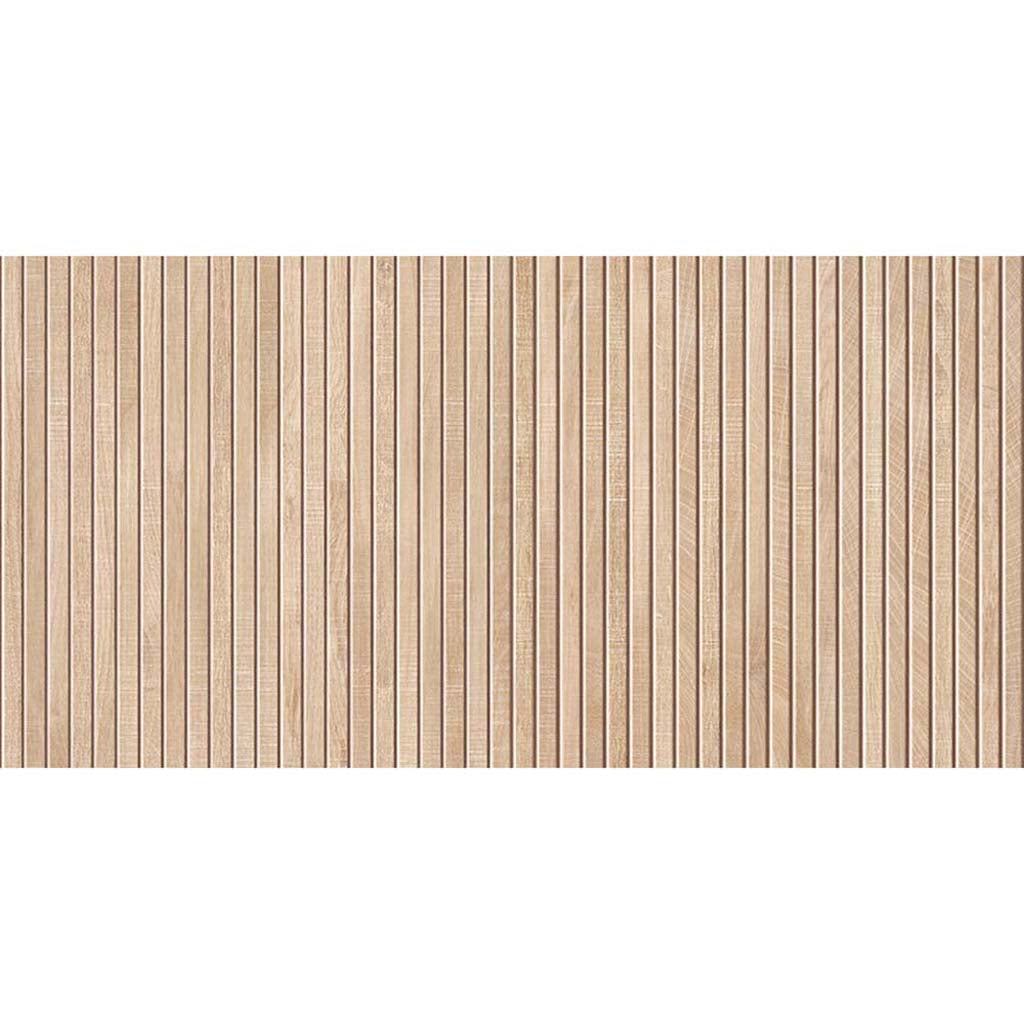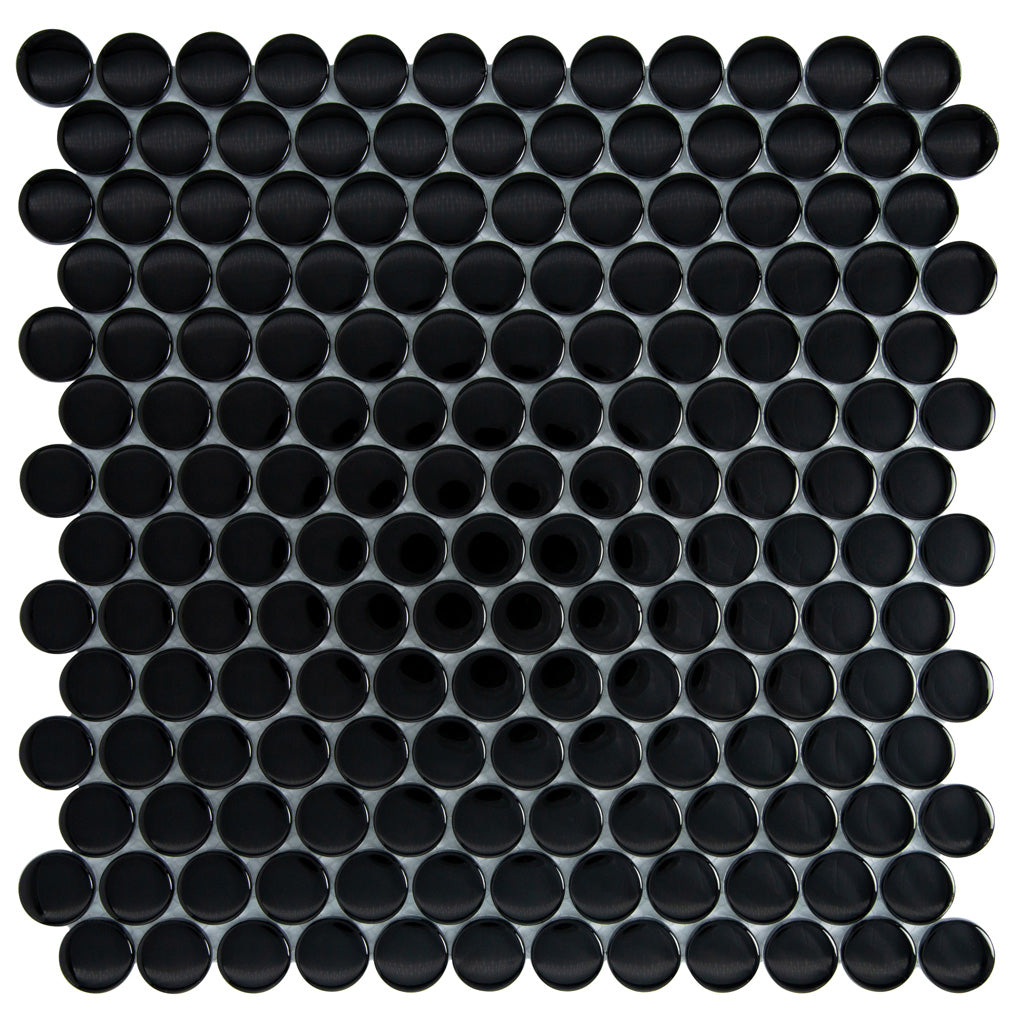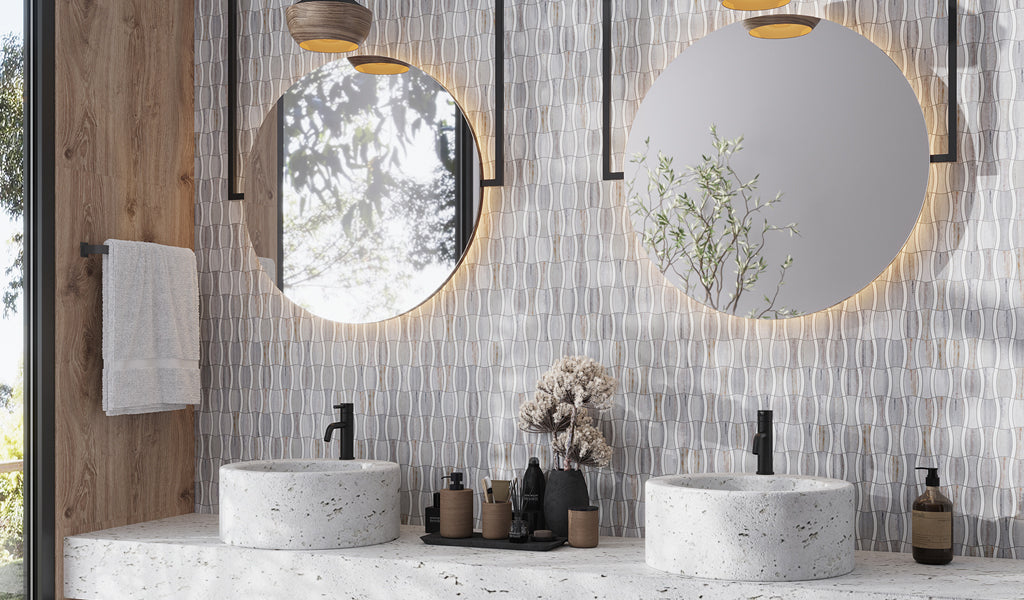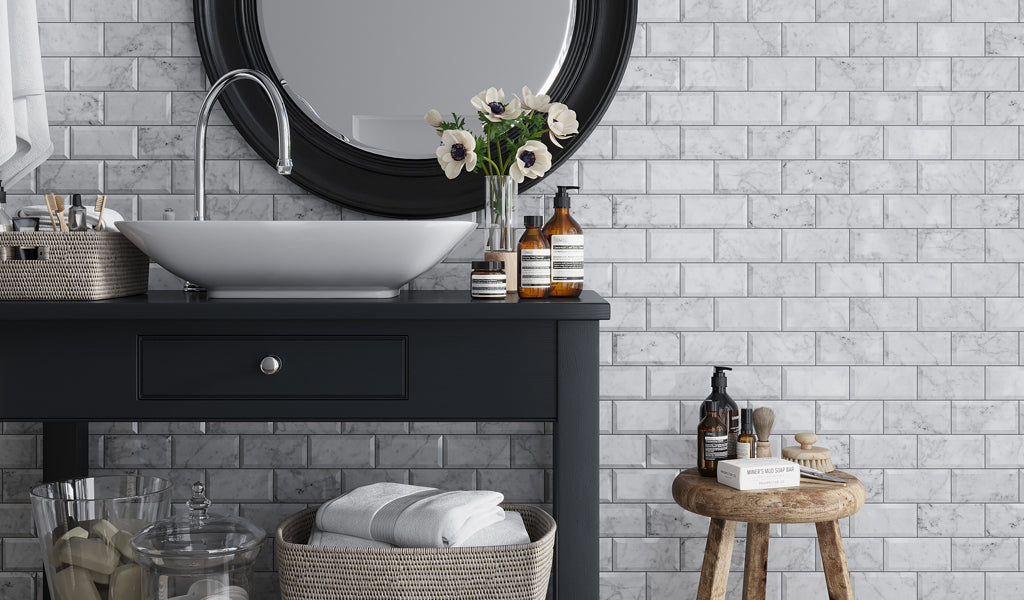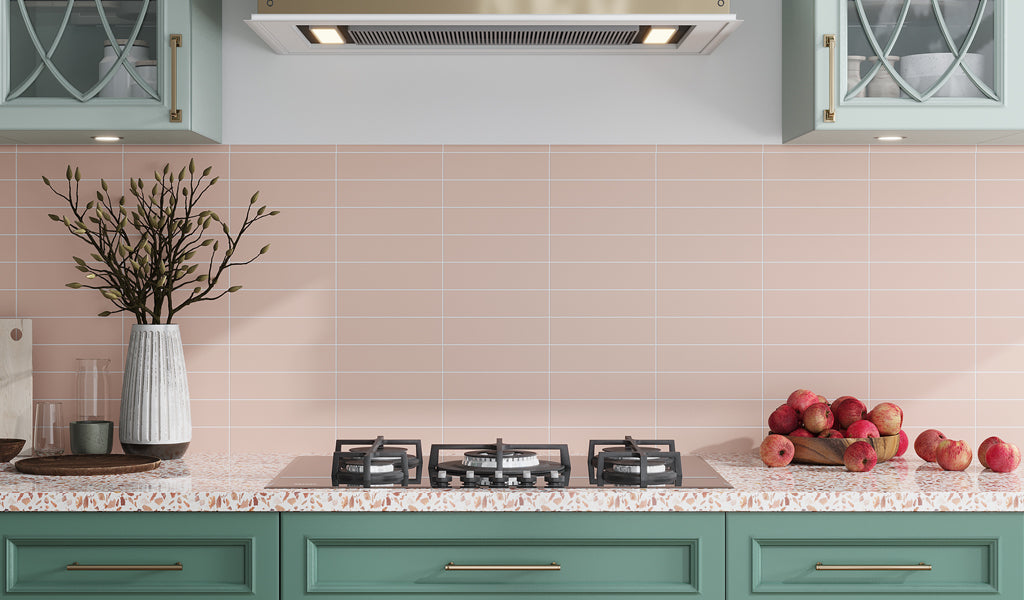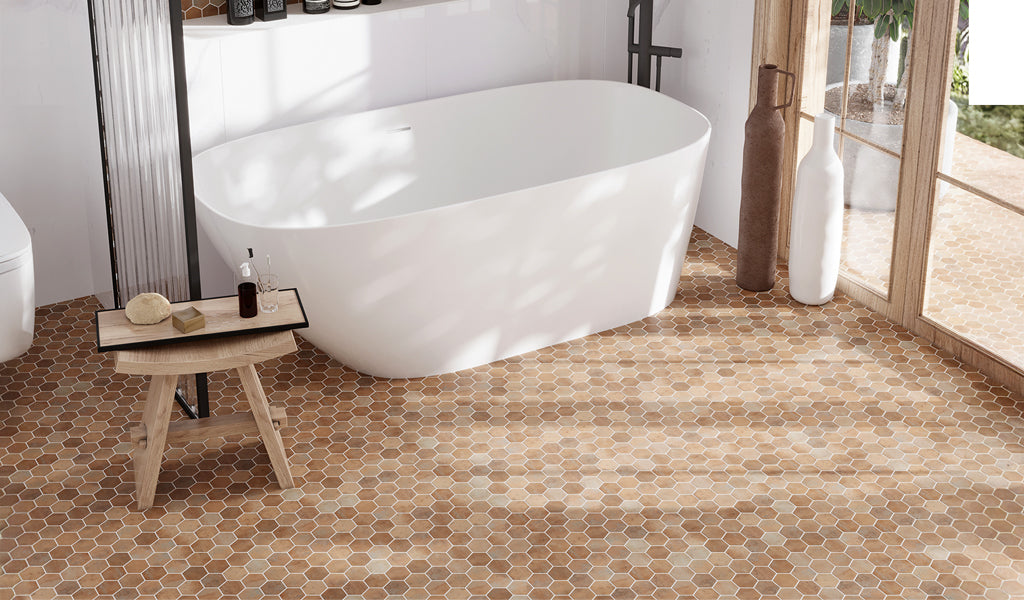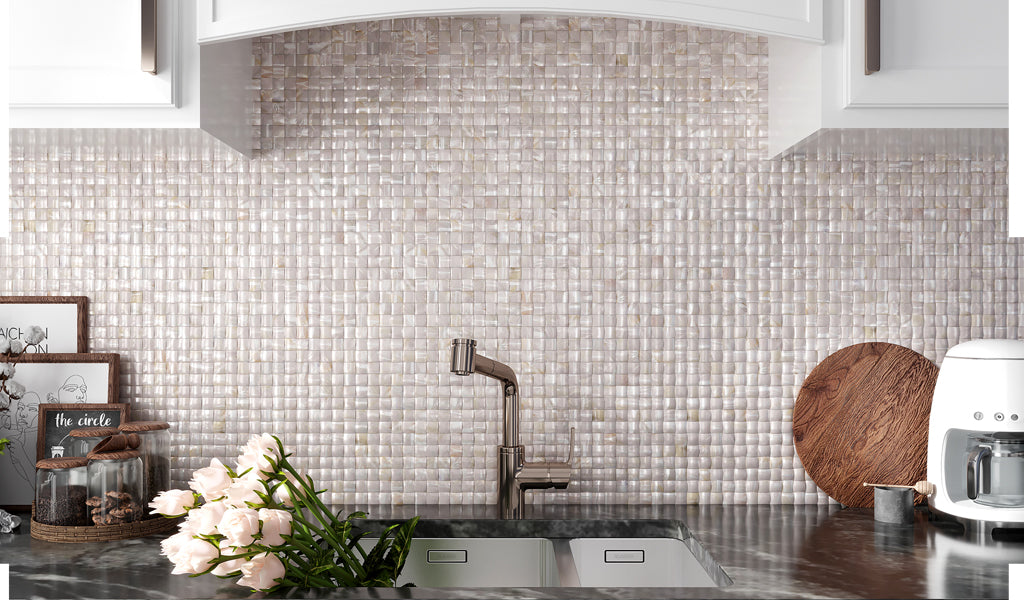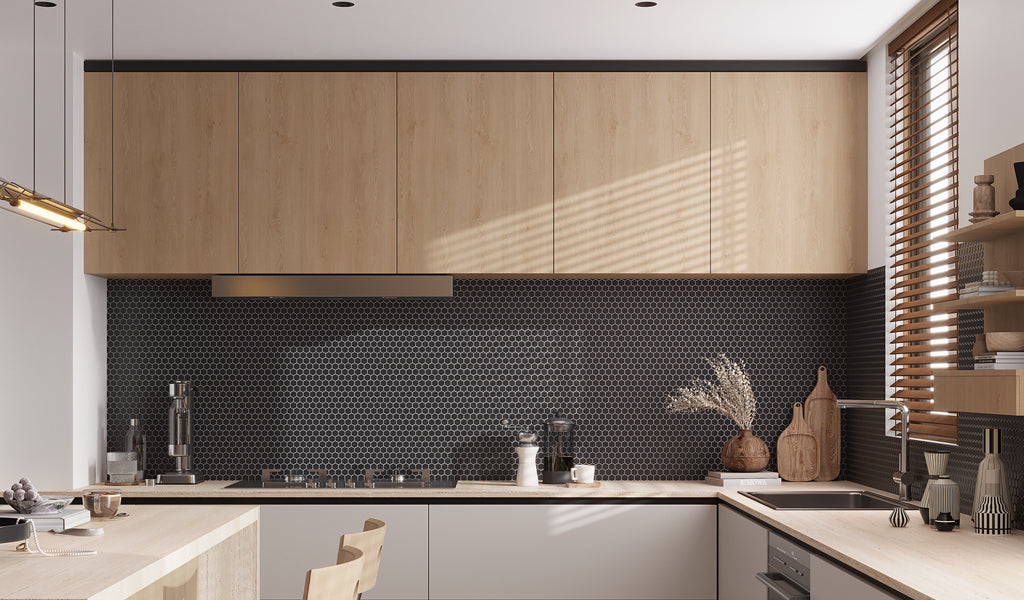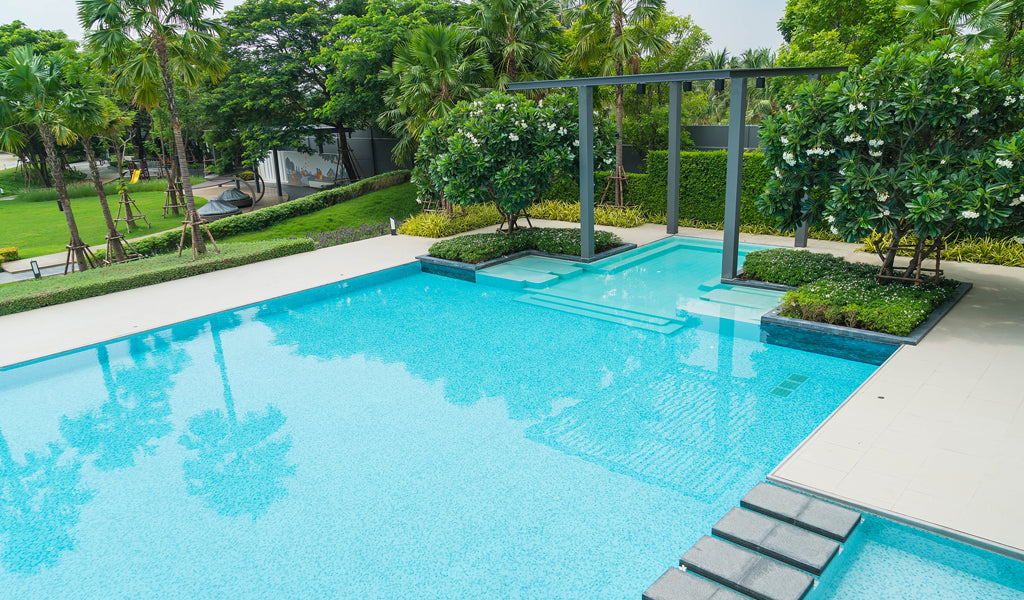Are Tiles Waterproof? Understanding Tile Properties and Best Uses
Dec 10, 2024For wet areas like bathrooms and outdoor spaces, long-lasting durability and resistance are crucial. If you’re wondering are tiles waterproof, the answer is Yes. Well, options like porcelain and glass tile possess exceptional waterproof properties and deliver a stellar performance.
Many other flooring alternatives are susceptible to water absorption, leading to mold, mildew, and costly damage. If you’re after quality tiling that conveys the message of “worry-proof” and guarantees an enduring solution, waterproof tiles are your best bet. Read on to learn everything you need to know about tile waterproof properties, maintaining resistance, and care tips.
What Does Waterproof Mean for Tile?
To get started, we need to first understand what waterproof tiles are. These are tiles that offer a physical barrier that’s impenetrable to water. Unlike water-resistant tiles, which can repel water to some degree, tiles that are waterproof can be submerged for extended periods without absorbing water or getting damaged.
This attribute makes them a superior selection for wet and high-moisture areas like showers and kitchens, as well as submerged applications like swimming pools and fountains. Porcelain and glass tiles are waterproof, with many options suitable for indoor and outdoor use.
Is ceramic waterproof? Ceramic tile is water-resistant but not waterproof. So why is it used as bathroom tile, on walls and floors? The glaze that’s fired onto the tile surface during production serves as an impermeable barrier. With an absorption rate of 3-7%, under the “semi-vitreous/medium density” category, ceramic flooring will have some water infiltration from ordinary splashes, but not enough to cause major damage.
It does become a problem if water is allowed to stand on ceramic tiling—long enough to seep all the way through, where it might gradually degrade the adhesive. This fact makes it a solid contender for high-moisture environments but not for submerged applications.
Different Types of Waterproof Tiles and Their Properties
1. Porcelain Waterproof Tiles
Has the question “are porcelain tiles waterproof?” ever crossed your mind? Porcelain is made from a fine blend of clays and minerals, densely compressed into shape, and fired at very high temperatures ranging between 2,200 and 2,600 °F. The tiles are often finished with a glaze, which ultimately protects against water intrusion. They are known for their high density, superior strength, and impermeable surface, which in combination, ensure long-lasting performance.
Porcelain tile has a water absorption rate of less than 0.5% and falls under the “impervious” category, making it incredibly resistant to water and a preferred choice for wet areas. This value indicates “extremely dense,” meaning porcelain can also be used outdoors for patios and pools as it can handle various weather conditions.
2. Glass Waterproof Tiles
Although glass tile might seem delicate, it is surprisingly renowned for its exceptional durability and impermeability. Whether installed in a shower or pool, these exquisite mosaic and subway tile options have a strong surface that protects against water seepage. An absorbent value of 0% makes glass tiles waterproof and ideal for wet and submerged applications.
Factors Influencing Waterproofing of Tile
Now that we’ve provided an overview of different tile types and their waterproof properties, let’s look at several factors that maximize water resistance and ensure longevity of waterproof flooring:
- Tile Composition: A denser tile composition contributes to a low porosity, reducing the risk of mold and water infiltration. Case in point: porcelain tiles, which stand out for remarkable durability and a low water absorption rate.
- Installation Practices: The effectiveness of water resistance is greatly influenced by the tile installation process. Following proper practices to ensure watertight seams, edges, and corners will prevent water from seeping beneath the tiles. This can be done by installing a waterproof membrane beneath the tiles, sealing grout lines with a high-quality sealant, and ensuring proper slope in showers to avoid water pooling.
- Subfloor Preparation: Still on the issue of installation, a level and moisture-resistant subfloor is a requirement for stability and preventing water damage that could compromise the overall performance of your tiles.
- Grout Quality: The space between tiles is filled with grout, which can be a weak spot for moisture penetration and can deteriorate over time. For installation, it is crucial to choose high-quality grout and seal it properly and periodically. An epoxy grout offers a superior water and stain-resistance solution compared to cement-based grout.
- Environmental Conditions: Areas in constant contact with water, such as showers and outdoor spaces, require robust waterproofing measures to avoid costly repairs and maintain a healthy environment. Pool tile in porcelain and glass is an unmatched choice that upholds its resilience for years!
Selecting the Right Tile for Wet and High-Moisture Areas
When selecting tiles for wet and high-moisture areas such as bathrooms and kitchens, practicality is crucial. These areas demand tiles that can withstand moisture over time without deteriorating in quality. So, is porcelain waterproof for wet areas? Yes! In fact, porcelain flooring tile is an excellent option due to its low porosity.
Mosaic tile options are great for shower flooring as they allow water to drain more efficiently and provide extra grip due to increased grout lines. In addition, it’s important to consider antibacterial properties and ease of cleaning when selecting tile for wet areas. This way, you can create a hygienic and safe environment for you and your family.
Maintenance and Care for Waterproof Tile
Maintaining and caring for your tile can help preserve its waterproof properties. Here are a few tips to follow:
- Regular Cleaning: Maintaining the waterproof properties of tile involves regular cleaning to prevent dirt and grime buildup, which can dull and affect the grout's effectiveness. Make sure grout lines are sealed and steer clear of abrasive cleaners as they can damage the tile surface.
- Inspection for Damage: Periodic tile and grout inspection for signs of wear or deterioration will help you take actionable steps to remedy and maintain a solid protective barrier.
Common Mistakes to Avoid in Waterproof Tile Installation
1. Neglecting Surface Preparation
Whether you are tiling a kitchen, bathroom, or patio floor, inadequate surface preparation can lead to issues down the line. The subfloor must be level, free of any residues and defects, clean, and dry. This will ensure that a secure bond is achieved and loose joints that become a passage for water infiltration are prevented.
2. Using the Wrong Adhesive and Grout
The right adhesive and grout for your specific project make a significant difference in the resilience and longevity of your tilework. For high-humidity environments and submerged applications, opt for high-quality, waterproof adhesive and grout to reinforce the structural integrity of your installation.
3. Overlooking Waterproof Membrane
This is especially crucial when tiling an area exposed to water, where, without a waterproof membrane, quality and longevity are compromised. The right underlayment, in a full and even coverage over the subfloor, guarantees protection against potential water damage.
4. Forgetting to Reseal Grout Lines
Over time, the sealant applied to grout lines wears off. For this reason, periodic sealing is necessary to maintain the protective layer that repels water and stains. Make sure to reseal grout at least once a year or as advised by the manufacturer.
5. Not Finishing Edges and Corners
Exposed tile edges and corners are weak spots where water can easily seep through. These need to be concealed with immaculate caulking or tile edge trim. For example, our glass tile collection comes with matching pencil tile options to finish edges and improve overall appearance.
6. Failing to Slope the Shower Floor
If the shower floor doesn’t slope properly, ponded water can lead to damp or moisture seepage-related issues. This creates the perfect breeding ground for mold and mildew. When installing waterproof shower floor tile, make sure it slopes and effectively carries water to the drain so the area remains beautiful and functional for years.
Conclusion
If you’ve been wondering, are tiles waterproof? We hope this guide has answered your question. Indeed, porcelain and glass tiles are among waterproof flooring materials suitable for wet areas. These tiles give you the peace of mind you need to enjoy the beauty of your design without worrying about water damage.
Understating the characteristics of each tile so you can make an informed decision when choosing material is important. It’s equally essential to take steps that will maximize the performance of your chosen tile through proper installation and maintenance practices.
Now, it’s time to shop your new bathroom or kitchen floor tile! At Apollo Tile, we carry a wide variety of glass and porcelain waterproof tiles, suitable for residential and commercial use, and offering aesthetic and practical benefits. Browse our collections to find the best match!
Frequently Asked Questions:
What is the difference between waterproof and water-resistant tiles?
Tiles labeled as waterproof have much greater resistance and protection from standing water, without damage from it no matter how much time goes by. In contrast, water-resistant tiles can handle contact with water for a short period of time to allow for cleaning.
Can water penetrate through tiles?
It’s not usually the tile that’s susceptible to water penetration, it’s the space between them. Yes, grout lines that aren’t properly sealed and maintained are vulnerable to water infiltration.
What happens if water gets behind the tile?
The constant exposure to water that finds its way behind the tile and through to the substrate can lead to problems, including damaged adhesive, loose installation, mold growth, warping, and hollow sound. When this occurs, immediate attention should be taken to remedy the situation.
Does sealing tile make it waterproof?
Sealing tile will not make it waterproof. Instead, applying a sealant over your tilework will help reduce the risk of damage from water seeping through cracks or joints. It also helps that the tiles are resealed regularly to maintain a protective barrier.
How can I waterproof tile edges and corners effectively?
Use full-strength silicone or urethane caulking to seal along the edges and corners. This creates a watertight barrier that prevents water intrusion.
Is it possible to waterproof existing tiles without removing them?
It is possible, but you will need to remove and clean out all old and ineffective grout, fill the joints with fresh epoxy grout, and apply a polyurethane sealant or waterproofing membrane over the installation.
Do outdoor tiles need waterproofing?
Outdoor applications subjected to continuous moisture exposure need waterproofing during installation to preserve the tile, adhesive, and grout integrity. A liquid, sheet, and cementitious waterproof membrane are options to consider.
Can you tile without waterproofing?
For wet areas and exterior applications, it is necessary to add a waterproof membrane to the substrate so your tiles can withstand the test of time.






